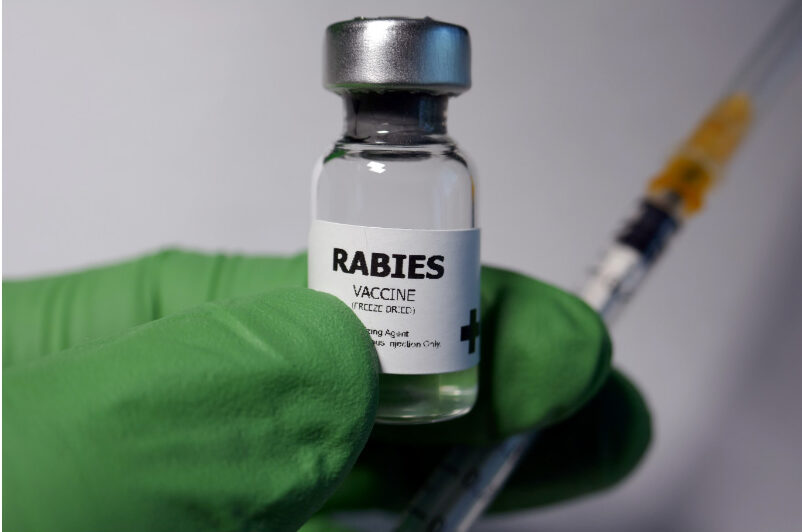7 Heartworm Symptoms You Need to Know

Heartworm disease is a serious condition affecting dogs and cats, caused by the parasitic worm Dirofilaria immitis. Transmitted through mosquito bites, these parasites lead to severe health issues if not detected early. Heartworm symptoms can range from mild to life-threatening and may take months to appear, making early detection crucial.
Knowing whether a dog or cat has heartworms is essential because early detection improves treatment outcomes. This article aims to help pet owners identify heartworm symptoms in dogs and cats, recognize early heartworm symptoms, understand advanced heartworm symptoms, and answer the common question, “What does heartworm look like?”
By learning to spot the warning signs, pet owners can act quickly and get their pup or kitten the necessary veterinary care before the disease becomes life-threatening.
How Heartworms Affect a Pet’s Body
Heartworms are long, thread-like parasites that infect pets’ hearts, lungs, and blood vessels and cause severe damage over time. When a mosquito carrying heartworm larvae bites a dog or cat, the worms grow inside the body, eventually clogging the heart and restricting blood flow.
In dogs, these parasites multiply and reach large numbers, leading to coughing, fatigue, weight loss, and even heart failure. Dogs may not show symptoms until the infection progresses. Heartworm symptoms in dogs often start with a mild cough and reduced energy, but without treatment, advanced heartworm symptoms can include difficulty breathing and a swollen belly from fluid buildup.
Conversely, cats typically have fewer adult worms, but even a minor infection can trigger severe lung inflammation. Because of this, heartworm symptoms in cats often mimic asthma, causing wheezing, vomiting, or sudden collapse. Unlike dogs, there is no approved heartworm treatment for cats, making prevention the only way to keep them safe.
Pet parents wondering how to tell if a dog has heartworms should watch for early warning signs, such as occasional coughing or reluctance to exercise. These parasites can cause life-threatening complications if left unchecked.
If you’re asking, “What does heartworm look like?” these worms can grow up to a foot long, putting extreme stress on vital organs.

7 Heartworm Symptoms You Need to Know
Recognizing the progression of heartworm disease in pets is vital for early intervention and effective treatment.
1. Mild Cough
A persistent, dry cough is one of the first signs of heartworm in dogs. This occurs as the worms begin to inhabit the lungs and surrounding blood vessels, irritating them.
2. Fatigue After Light Exercise
A pup that once enjoyed long walks may begin tiring quickly after mild activity. This early heartworm symptom results from reduced oxygen circulation.
3. Weight Loss and Loss of Appetite
A dog may start eating less and losing weight as the disease progresses. A gradual decline in appetite accompanied by weight loss can be a warning sign.
4. Breathing Difficulties
As heartworms multiply, they block blood flow to the lungs. Dogs with advanced disease may pant heavily at rest or take rapid, shallow breaths.
5. Swollen Belly
In severe cases, fluid accumulation in the abdomen (ascites) may occur due to heart failure.
6. Collapse or Fainting
Heavy infestations can cause sudden collapse or fainting episodes due to blocked blood flow. Immediate veterinary attention is crucial.
7. Pale Gums or Dark-Colored Urine
These signs may indicate caval syndrome, a life-threatening complication requiring emergency care.
Cats may experience coughing, asthma-like attacks, vomiting, loss of appetite, or weight loss.
When to See a Veterinarian
Early detection is essential. Mild coughing or fatigue after light exercise should prompt a vet visit. Severe symptoms—such as difficulty breathing, abdominal swelling, or collapse—require immediate care.
Diagnosis and Treatment
Diagnosis
- Blood tests identify heartworm proteins.
- Microfilaria tests confirm active infection.
- Imaging such as X-rays or ultrasound may be used for advanced cases.
Treatment
- Medications like melarsomine eliminate adult worms.
- Supportive care helps manage inflammation and organ stress.
- Exercise restriction is essential during recovery.
- Surgery may be necessary for severe infestations.

Preventing Heartworm Disease
Prevention is safer and more affordable than treatment. Monthly preventatives kill heartworm larvae before they mature. Reliable options include Heartgard Plus, Sentinel, and Advantage Multi.
For more preventative solutions, visit the Dog Heartworm Preventatives category on 1800PetMeds. You can also explore options for cats in the Cat Heartworm Prevention category and browse additional protection in the Flea and Tick category to support overall parasite prevention.
Heartworm Prevention: Final Thoughts
Heartworm disease is a serious and potentially fatal condition caused by foot-long worms that live in pets’ hearts, lungs, and blood vessels. Early signs like coughing or fatigue can easily be overlooked but recognizing them may save your pet’s life.
The best protection is prevention. By sticking to a year-round preventative routine and scheduling annual vet checkups, pet owners can help keep their dogs and cats safe from this dangerous parasite.
Explore a full range of heartworm preventatives for dogs and cats on 1800PetMeds.






